An Interview with Scout Tufankjian
August 27, 2015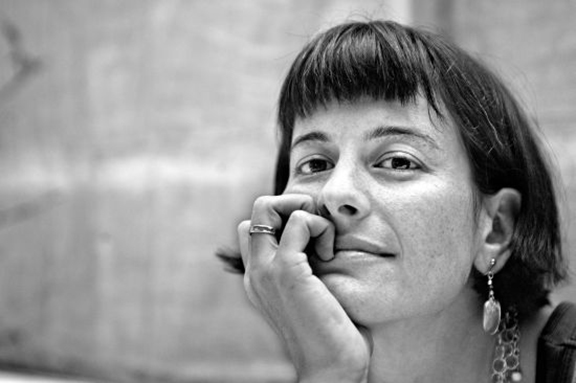
Scout Tufankjian (Photo: Agos)
BY KYLE KHANDIKIAN
There has been no shortage of artistic expression this year from Armenians worldwide, but few works come close to There Is Only The Earth, photojournalist Scout Tufankjian’s new book that attempts to capture the spirit of the Armenian people. It is a spirit that is””in her own words””living, breathing, and strong, and if you’ve seen the book, you’d probably agree that Tufankjian was successful in her attempt.
I met Scout for the first time back in 2009 at Sardarabad Book Store in Glendale, California, where she was speaking about her first book, Yes We Can, which chronicles President Barack Obama’s campaign trail leading up to his election in 2008. In the six years since our first meeting, Tufankjian set out to do what no one else has done before: photograph the Armenians of the world. Motivated by a childhood curiosity for the heritage she shares with millions around the globe, Tufankjian traveled to over twenty countries as part of The Armenian Diaspora Project, to collect the photographs and quotes that make up There Is Only The Earth.
Last minute trips, chance encounters, Facebook connections, and the seemingly universal Armenian hospitality made There Is Only The Earth possible, as well as the success of her first book and a crowd-funded Kickstarter campaign. With her latest book, Tufankjian has given us a mirror to look at ourselves one hundred years after the Armenian Genocide, and with this mirror we see what she and so many of us already knew to be true: that we are an incredibly diverse global village that is not dead, and that is connected by a shared history and culture that extends well beyond 1915.
There Is Only The Earth also asks a very important question: What does it mean to be Armenian? As Tufankjian beautifully shows us with her photographs, there is no and cannot be one single way to be Armenian, but that’s exactly what makes us who we are.
Tufankjian recently visited the Asbarez office in Los Angeles where I had the pleasure of speaking to her about her latest project.
***
Kyle Khandikian: So many have dreamed about doing what you’ve done with There Is Only The Earth. Is it correct to say that nothing like this has been done before? At least not on this scale?
Scout Tufankjian: There have been some academic things done about the diaspora, but as far as I’m aware there’s no one who’s done anything like this, which is why I wanted to do it. I kept waiting for someone else to do it, thinking to myself, ”˜This is inevitable, someone will do this!’ But it kept not happening. So finally when my first book did well enough to give me a little bit of a cushion, I decided, where better to put this cushion then toward this project? And it kind of all comes out of my childhood curiosity. I used to spend weekends with my grandparents and they lived this very old-country lifestyle where they would go and visit their friends for 10 minutes each for a cup of soorj or some tea, and they’d gossip in Armenian, and I would be bored because it was old people talk. I would always be flipping through these newspapers and magazines that were always on the table, and I remember one of them had a map of the world with little dots where all the Armenian clubs were. I remember thinking, ”˜Whoa, where in India, where in Argentina, where in Russia, where in Syria, Egypt?’ I never imagined being able to go to all these places, and I wondered what being Armenian means if you’re from Brazil, or from Hong Kong. I kept waiting for someone else to do it, because so much of the stuff that we do monumentizes or memorializes us, and I wanted to show us as a living, breathing community; the kind of ruckus, strong community that I know, and so that was kind of the goal.
K.K.: I think you achieved it.
S.T.: Thank you! I’m glad. It’s hard to capture something as ineffable as the Armenian identity.
K.K.: And it begs the question: What is that identity?
S.T.: Exactly! Exactly! The questions I kind of went out trying to ask myself were, ”˜What does it mean to be Armenian if you’re also Brazilian, or French, or American, or Syrian?’ Or wherever your adopted homeland is. But then, do we have anything in common? Or have the different paths taken by our refugee grandparents or great grandparents or parents””depending on which generation you are””had they kind of separated us? And I found that there is this thread that ties us all together. And it’s much stronger than even I had imagined. I could show up in a place where I don’t really speak””I speak a little Spanish but not really””and show up in Argentina and go to the agoump and all of a sudden I’m welcomed in as someone’s cousin! I’m in the back of the car, and they’re taking me to the club, and that happened everywhere, and I don’t know if that happens with other communities. It’s pretty special. It was pretty great.
K.K.: You included quotes in the book from the people you photographed, which I think are just as powerful as the photographs themselves.
S.T.: Oh I’m glad! That was something that was hard to figure out, the balance of that. One thing that I found with this is that””you know my mother is not Armenian, so I grew up kind of thinking, ”˜Am I Armenian?’ Does it mean the same thing to me as it does to people who are 100 percent Armenian and grow up in a tight-knit Armenian community? And I found that everyone is questioning that, we’re all kind of on this balancing act between a dual or triple identity, between where we live now and the old country. Everyone is kind of wrestling with these issues and trying to find their place in the world.
K.K.: It took you six years to capture all of these photos. Did you have a process in planning all of these trips and doing your research?
S.T.: There are a few different things that I did and as time went on the process of doing it changed, and I kind of had it down to””not a science or routine but to a few steps I would take before a trip towards the end. In the beginning, before social media became what it is today, I generally found people through the organizations, so I would contact the organizations and say, ”˜Listen, this is what I’m doing, can you get me some contacts?’ in Lebanon, and Syria, and so on and so forth, and they would introduce me to those people and those people would show me around their communities. It was fantastic. But it was also a little limiting in that I wanted to also meet people who aren’t necessarily involved in the organizations of the community, and as time went on, social media became huge, and you know the Armenian diaspora””or the global Armenian community not just the diaspora””is really a web; everyone has a cousin here, or a friend they went to camp with here, and especially with things like Birthright, the reach is enormous. I was able to find people very easily through social media, or kind of through friends of friends of friends. And that ended up being a good way of doing things.
Generally towards the end I would have an idea of where I wanted to go, and if I had three contacts set up to meet, I’d feel pretty good about finding other people. And occasionally it was just showing up. I planned a trip to Cyprus the day before I went to Cyprus. I only went for three days but it was a little bit like, ”˜Hey! Here I am! Does anyone know anyone in Cyprus?’ And I created a Facebook page for the project and it’s got something like eleven thousand Likes, and so that was a huge reach. That allowed me to contact a lot of people. And interestingly, the Kickstarter campaign I ran in April of 2014 made a huge difference, not only in giving me the funds to push the project over the top and produce the book, but also in expanding the reach of the project. It became much easier to explain what I was trying to do, and that I wasn’t interested in churches””well I’m interested in church’s but only if people are in them. And that’s what I’m trying to do, is show us as a living, breathing community and not like”¦ ”˜Here’s a khachkar, or crumbling church, and here’s this and here’s that.’ I was much more interested in the spirit of the community. So, it became easier and easier.
K.K.: And the book came out this year, which was the intended goal, right?
S.T.: Definitely. First of all I needed to set a deadline because otherwise I would be working on it for forty years, and I just, I would never finish. Because, you know, we’re in eighty five countries around the world, and every time I speak to people they’re like, ”˜Your book is not complete because you didn’t go to Finland,’ or, you know? But for now, this is what it is. I wanted it to come out this year, partially because I needed to set a deadline, but obviously it’s not an arbitrary one. I wanted us to be able to celebrate our survival at the same time that we were mourning our losses, and that yes, this has been one hundred years of exile, but it’s also been one hundred years of survival, and a hundred years of strength, and it’s pretty incredible that our community is as tight as it is, considering how dispersed we are.
But then, midway through the project, I went back to historic Armenia, and we didn’t take a tour and we didn’t take a car, we basically just took marshrutkas, shared dolmushes””buses, and went from village to village and tried to find things, and it was amazing! It was an amazing experience. But one of the things that I kind of realized was that I was thinking about it wrong. I’d been thinking about one hundred years as a long time, when in reality we had shared the land for over 4000 years. The genocide was not actually that long ago. A lot of our houses still stood, even in Kharpert where the houses have been destroyed, there’s a picture that shows the grooves in the hillside where our houses once stood in the old Armenian district. And so, it’s actually not surprising that our community is as intact as it is because we lived with each other for over 4000 years, and one hundred years is nothing compared to that. Hopefully the next hundred we’ll continue”¦
K.K.: How so?
S.T.: Well, because you can’t help but be affected by your new adopted homeland. Armenians in America are absolutely influenced by American culture, just like Armenians in Argentina are very Argentine, and Armenians in France are very French. As much as we have in common there are differences. And I don’t think that that’s necessarily a bad thing. It’s a diverse community, and that’s what I love about Los Angeles. L.A. is such a diverse community and I love it. I grew up in Massachusetts, which is mostly an older community, and it’s changed. But when I was growing up it was mostly second and third generation Armenians, people who either came over before the genocide or right after. But compared to L.A., where you have Beirutahays, and the Barsgahays, and the Hayasdantsis””but which Hayasdantsis? You have the ones who came over in the ”˜90s and you have the ones coming over now, and it’s just amazing! It’s kind of this diverse stew of different kinds of Armenians. I love it. I love L.A.
K.K.: Were there any places that you were surprised to find Armenians? Often times we hear about Armenians in this faraway place or that, and we’re surprised to learn that there are Armenians all the way there.
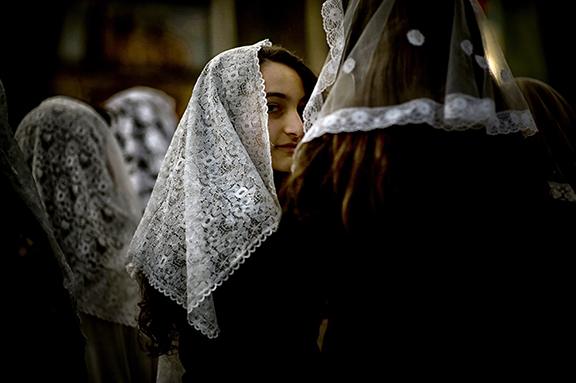

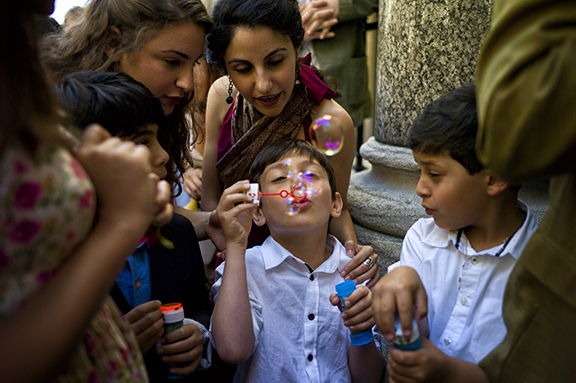
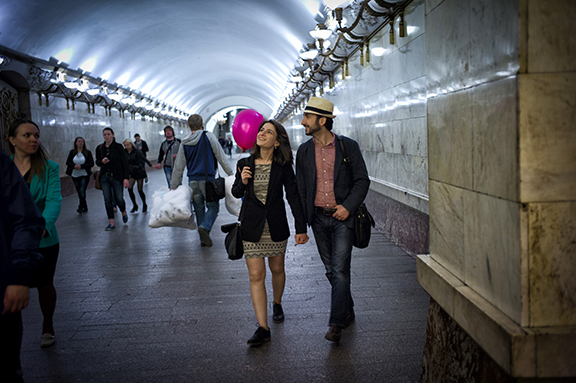
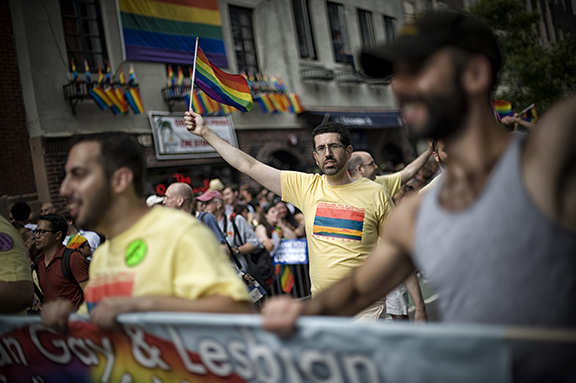
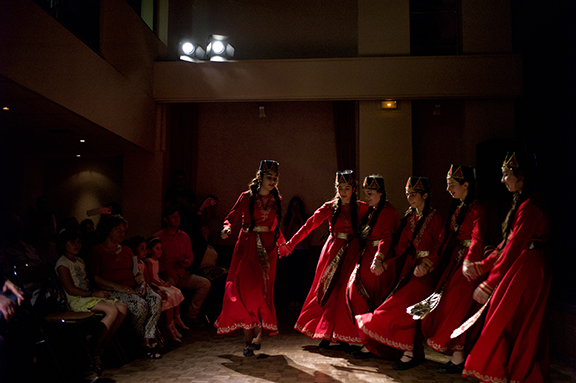
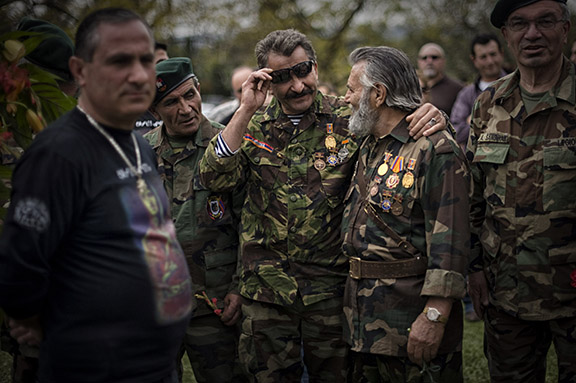
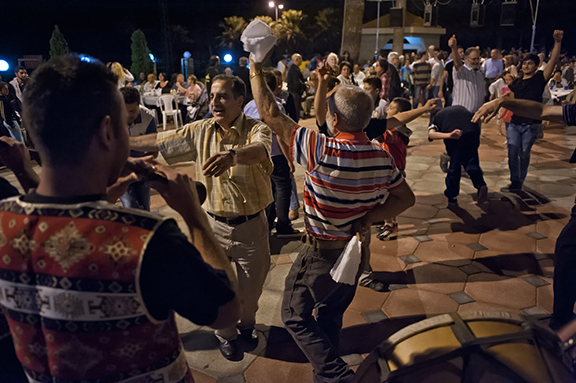
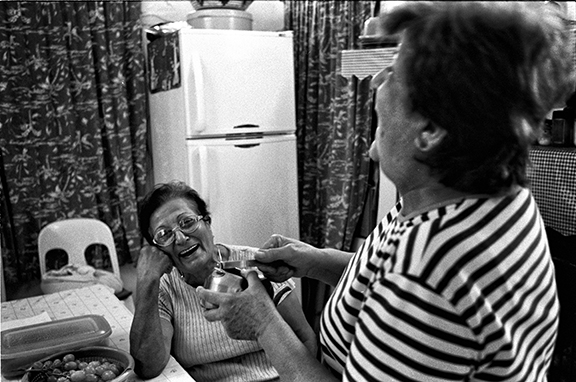
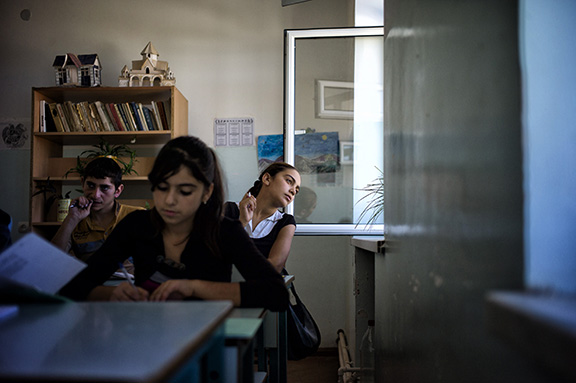
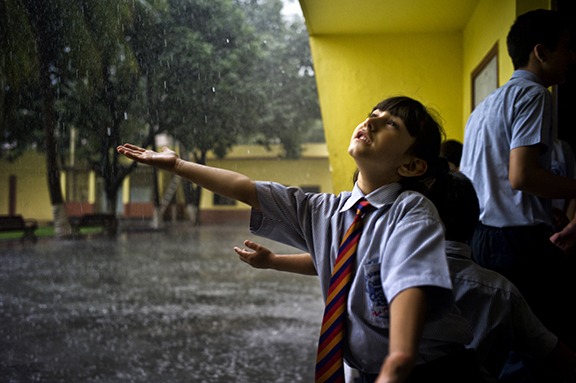
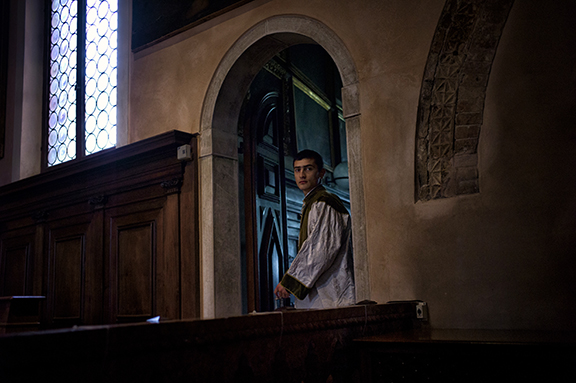
S.T.: I stopped being surprised a long time ago. I was in Haiti covering the earthquake and I was near the airport photographing relief supplies being distributed, and the guy in charge was named Hagop or Kevork or something like that, and that’s when I stopped being surprised and realized I would be seeing Armenians everywhere.
I hadn’t realized a couple things, mostly because of my own ignorance. I assumed there were Armenians in Hong Kong because Hong Kong has a huge ex-pat community, but I hadn’t realized how old the community there was. The community that’s there now is mostly young expatriates, but one of the founding fathers of Hong Kong was Paul Chater, who was a Julfa Armenian. And I know about the Indian community”¦ where was I surprised? At a certain point you’re just like, ”˜Oh okay, yeah.’ I hadn’t realized how powerful the community in Uruguay was, I hadn’t realized it was the first country to recognize the Genocide. I kind of stopped being surprise by this stuff.
An Armenian friend in Russia accused me of having a vampire camera that turned everyone I photographed into an Armenian after we had experience after experience there running into Armenians. We would go to Starbucks and the guy in Starbucks would be named Movses. I was walking down the street with a group of Hemshin Armenians who were taking me to a church, and we walked by this parking lot and there were these guys, they had a tire embedded in the pavement and they were hitting it with a metal mallet and I thought, ”˜This is amazing! What is going on?’ And so I stopped to take pictures of it. One of the guys was from the Caucuses, he could’ve been Georgian, he could’ve been Chechen, it wasn’t clear, and the other guy looked pretty Russian””big, blondish guy. And I’m taking pictures and its awesome, and the guys are being quiet, they’re just hitting this thing over and over again, and my friends are like, ”˜Ok, we should probably go to the church,’ and one of the guys turns to the other, smacks him in the chest and goes, ”˜Axper jan, shad lavn e,’ and it turned out that they were with the union of Armenian sporting club and they were boxers in training. So I stopped being surprised, I just work under the assumption that everyone is Armenian, which in Los Angeles is mostly true.
K.K.: That reminds me of a quote in the book that I loved from William Saroyan: “I tried to forget Armenia but I couldn’t.”